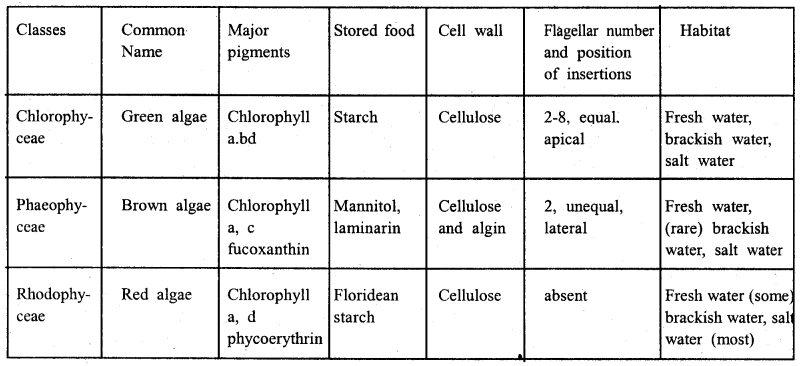By going through these CBSE Class 11 Biology Notes Chapter 11 Transport in Plants, students can recall all the concepts quickly.
Transport in Plants Notes Class 11 Biology Chapter 11
→ Plants obtain a variety of inorganic elements (ions) and salts from their surroundings especially from the air, water, and soil. The movement of these nutrients from the environment into the plant as well as from one plant cell to another plant cell essentially involves movement across a cell membrane.
→ Transport across cell membrane can be through diffusion, facilitated transport, or active transport.
→ Water and minerals absorbed by roots are transported by the xylem and the organic material synthesized in the leaves is transported to other parts of the plant through phloem.
→ Passive transport (diffusion, osmosis) and active transport are the two modes of nutrient transport across cell membranes in living organisms. In passive transport, by diffusion nutrients move across the membrane without any use of energy as it is always down the concentration gradient and hence entropy-driven. This diffusion of substances depends on their size, solubility in water or organic solvents.
→ Osmosis is the special type of diffusion of water across a semipermeable membrane which depends on pressure gradient and concentration gradient.
→ Inactive transport, energy in the form of ATP is utilized to pump molecules against a concentration gradient across membranes.
→ Water potential is the potential energy of water that helps in the movement of water. It is determined by solute potential and pressure potential.
→ The behavior of the cells depends on the surrounding solution. If the surrounding solution of the cell is hypertonic, it gets plasmolyzed. The absorption of water by seeds and dry wood takes place by a special type of diffusion called imbibition.
→ In higher plants, there is vascular system xylem and phloem responsible for translocation. Water minerals and food cannot be moved within the body of a plant by diffusion alone.
→ They are therefore transported by a mass flow system movement of substance in bulk from one point to another as a result of pressure differences between the two points.
→ Water absorbed by root hairs moves deeper into the root by two distinct pathways i.e. apoplast and symplast.
→ Various ions and water from soil can be transported up to a small height in stems by root pressure.
→ The transpiration pull model is the most acceptable to explain the transport of water. Transpiration is the loss of water in the form of vapors from the plant parts through stomata.
→ Temperature, light, humidity, wind speed, and a number of stomata affect the rate of transpiration. Excess water is also removed through the tips of leaves of plants by guttation.
→ Phloem is responsible for the transport of food (primarily) sucrose from the source to the sink.
→ The translocation in phloem is bi-directional; the source-sink relationship is variable. The translocation phloem is explained by the pressure-flow hypothesis.
→ Transpiration: Transpiration is the evaporative loss of water by the plants. It occurs mainly through the stomata in the leaves.
→ Guttation: Oozing of droplets along the leaf margin on the vein endings at night is called guttation.
→ Diffusion: Movement of molecules of a substance from its place of high concentration to its place of low concentration till equilibrium is reactions between the two regions.
→ Osmosis: Movement of water molecules from a dilute solution to a concentrated solution through a semi-permeable membrane.
→ Plasmolysis: Shrinkage of the protoplasm when the cell is placed in a hypertonic solution is called plasmolysis.
→ Root pressure: As various ions from the soil are actively transported into the root’s vascular tissue, water follows (its potential gradient) and increases the pressure inside the xylem. This positive pressure is called root pressure.
→ Carpathian strip: The endodermis, is impervious to water because of a band of suberised matrix called the Casparian strip.
→ Mycorrhiza: A mycorrhiza is a symbiotic association of a fungus with a root system.
→ Translocation: The bulk movement of substances through the conducting or vascular tissues of plants is called translocation.
→ Turgor pressure: Water diffuses into the cell causing the cytoplasm to build up a pressure against the wall, which is called turgor pressure.
→ Facilitated diffusion: Membrane proteins provide sides at which such molecules across the membrane. They do not set up a concentration gradient: a concentration gradient must already be present for molecules to diffuse even if facilitated by the proteins. This process is called facilitated diffusion.
